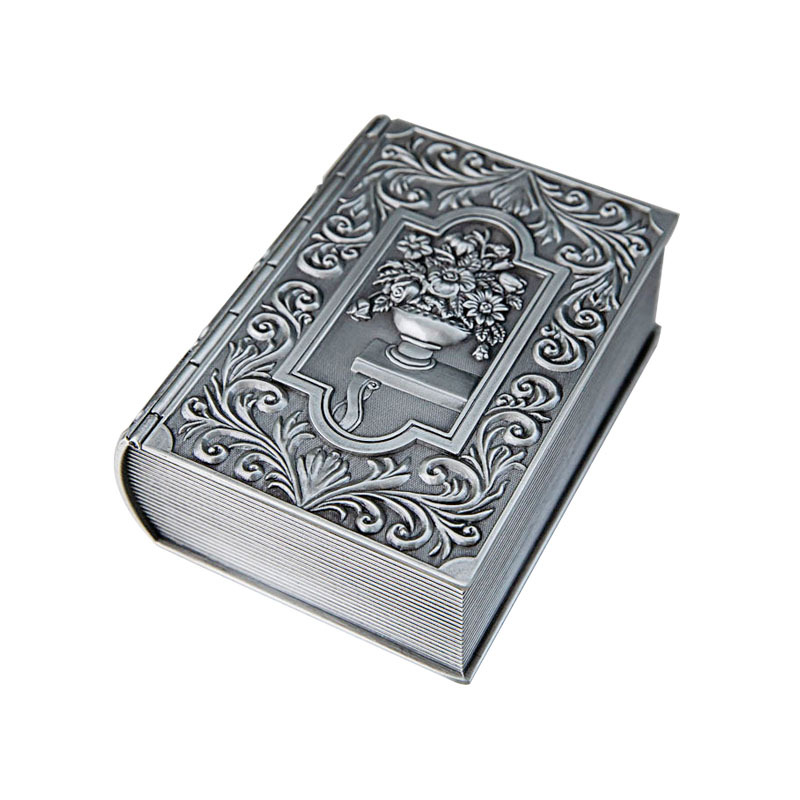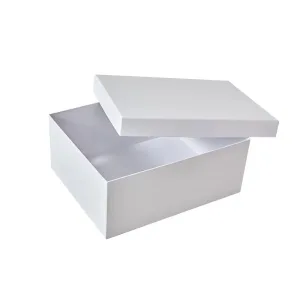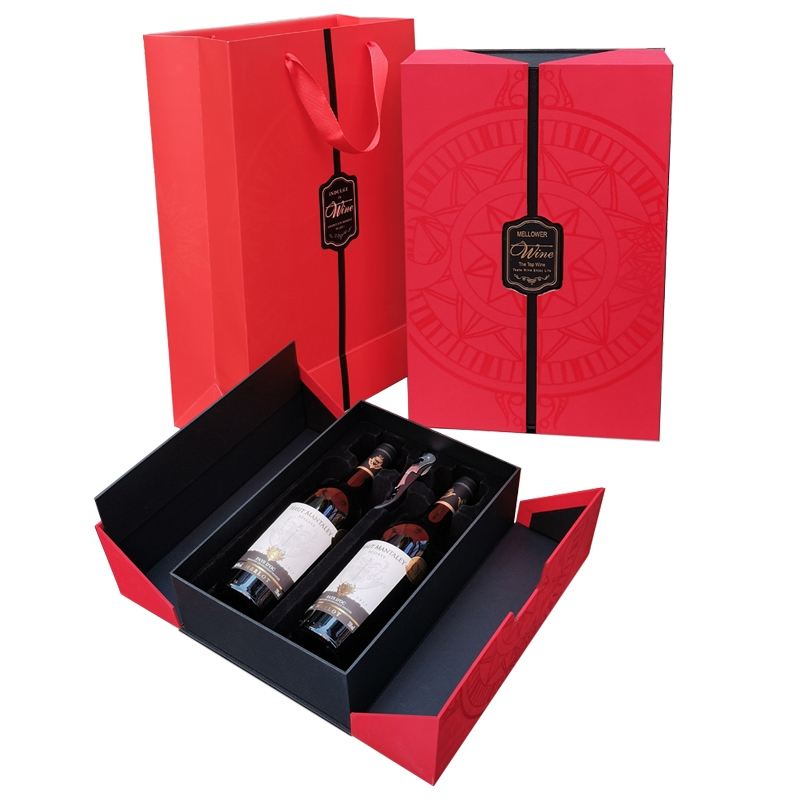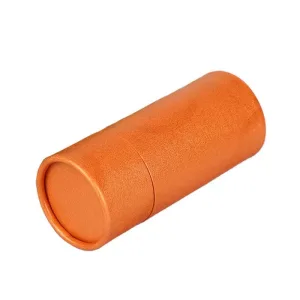Always ask yourself, why is a jewelry box special? There are two procedures, etching and jewelry box engraving, which can make it even more special. Etching creates shallow patterns by taking the outer layer of the surface. Jewelry box engraving cuts deeper to provide clean and durable patterns. Both procedures make the box beautiful and every box different.
Engraving on a jewelry box has been around for centuries. The artists used to use it as a means of showing skill and taste. Now, with all the advanced machinery, it is easier to indulge in the old tradition. You can have something old-fashioned with a touch of modernity.
The Art of Engraving in Jewelry Boxes
What Is Engraving?
Engraving is cutting patterns into something. Instead of leaving a mark with a pencil, you cut into things such as wood, metal, or glass. It leaves permanent marks, letters, or images that are awesome. You may have seen initials or fancy edges on jewelry boxes. Those types of things create each box to seem like it’s special and one-of-a-kind.
Engraving is unique in that it cuts very deeply into the surface. This creates heavy and long-lasting patterns. From a love letter to a beautiful flower pattern, engraving makes an average jewelry box a precious heirloom.
Historical Significance of Engraving in Jewelry Boxes
Engraving existed thousands of years ago. Man engraved marks on stone to serve as a memory of rulers or deities. Over time, Man employed engraving to make items that are elegant, like jewelry boxes. Here’s a quick look at its history:
| Time Period | Technique/Use | Description |
|---|---|---|
| 500,000 years ago | Stone Carvings | Early humans carved symbols to honor gods or rulers, with evidence found in Africa. |
| 3000 BC | Hittite Seals | Jewelry made from precious stones had unique engravings showing wealth. |
| Ancient Times | Temple Fixtures | Temples were decorated with engravings, similar to jewelry box designs today. |
| Rosetta Stone Era | Historical Records | Engravings saved history, helping scholars understand ancient writing. |
During the Renaissance, engraving was an artwork. Engravers created exceedingly fine details in metal jewelry boxes, usually together with other techniques like etching. They were not merely jewelry boxes—their engraved inscriptions filled up with meaning, prosperity, and capability. Now, when you have an engraved jewelry box, you belong to this vibrant heritage as well.
Modern Techniques in Engraving
Engraving has evolved a great deal since. Laser and CNC machines today can readily cut detailed designs. Laser engraving makes use of light beams in trying to cut through materials with speed. It is well-suited on delicate surfaces like glass or acrylic.
CNC engraving is the process of engraving a design on metal or wood using computer-driven machinery. It is best suited for producing numerous copies of a similar design. CNC engraving is not the only show in town, however. Some fine craftsmen still exist who produce one-of-a-kind pieces that machinery cannot replicate.
People love engraved jewellery boxes as they are unique and personalized. Something like a message, date, or name that has been etched onto a box is truly unique. Engraved boxes are popular since they mix history with modern technology to create timeless riches.
Understanding Etching for Jewelry Boxes
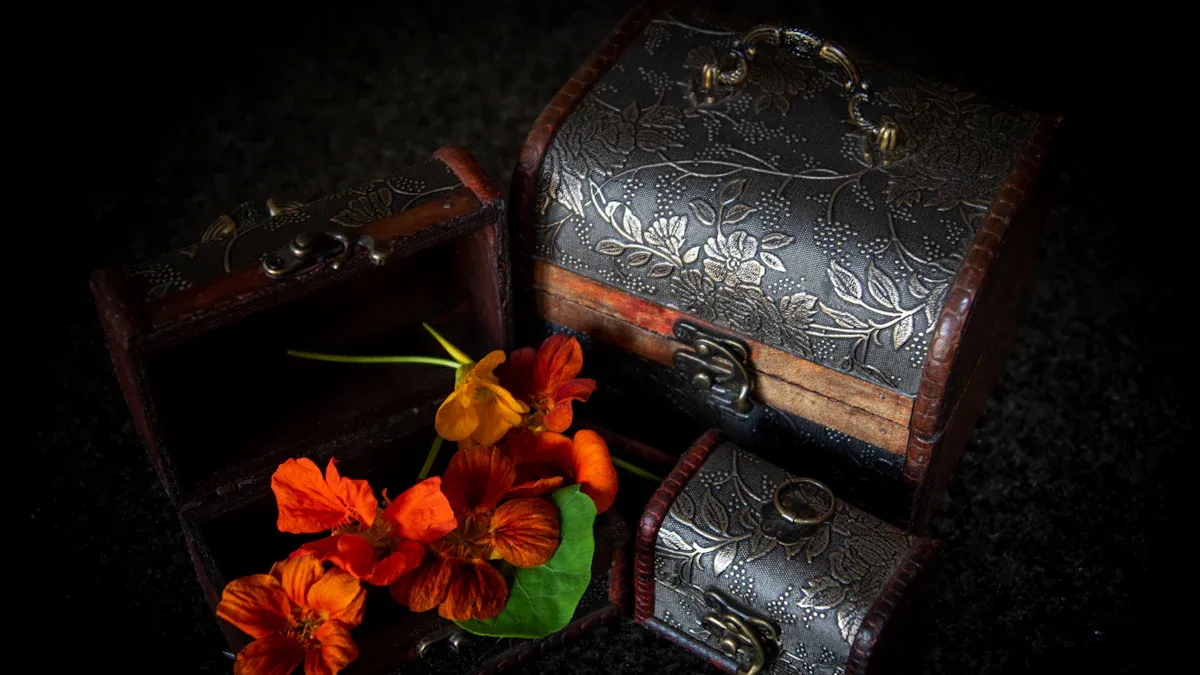
What Is Etching?
Etching is an excellent method of ornamenting jewelry boxes. Etching is a process that etches the surface of a material to leave shallow patterns. It’s drawing on something, just with tools or chemicals rather than a pencil. Etching is done on metal, glass, and wood.
Etching is ideal for engraving fine designs. You may add fine flowers, fine borders, or teeny-weeny letters. If it’s a message or a design, etching gives jewelry boxes a sophisticated and elegant appearance.
Fun Fact: Etching started in the Middle Ages for printmaking. Artists used it to create pictures on metal plates for printing!
Popular Etching Techniques for Jewelry Boxes
There are numerous techniques of etching jewelry boxes, and each has its character. Some of the most popular techniques are as follows:
- Chemical Etching: It is a very traditional process where acid etches the design out. There is a chemical-resistant coating first (i.e., Black asphaltum, resist varnishes, paints, waxes, PnP Blue film, liquid floor polish, and even nail polish), and scratching through the coating to etch out the design. Acid etches the exposed areas. It can be used on metal surfaces.
- Laser Etching: It is a new method that uses of light beam to etch the surface. It can be used on wood, glass, and acrylic. It is suitable for delicate patterns like photographs or designs.
- Sandblasting: This method involves small particles spraying on the surface to achieve the frosted finish. It’s mainly used on glass or mirrors to achieve a light, elegant look.
Every method is enticing for its purposes. Whether modern or vintage appearance is your preference, etching can turn an ordinary jewelry box into something extraordinary.
Tip: Want a delicate and artistic design? Choose etching! It’s perfect for personalizing your jewelry box.
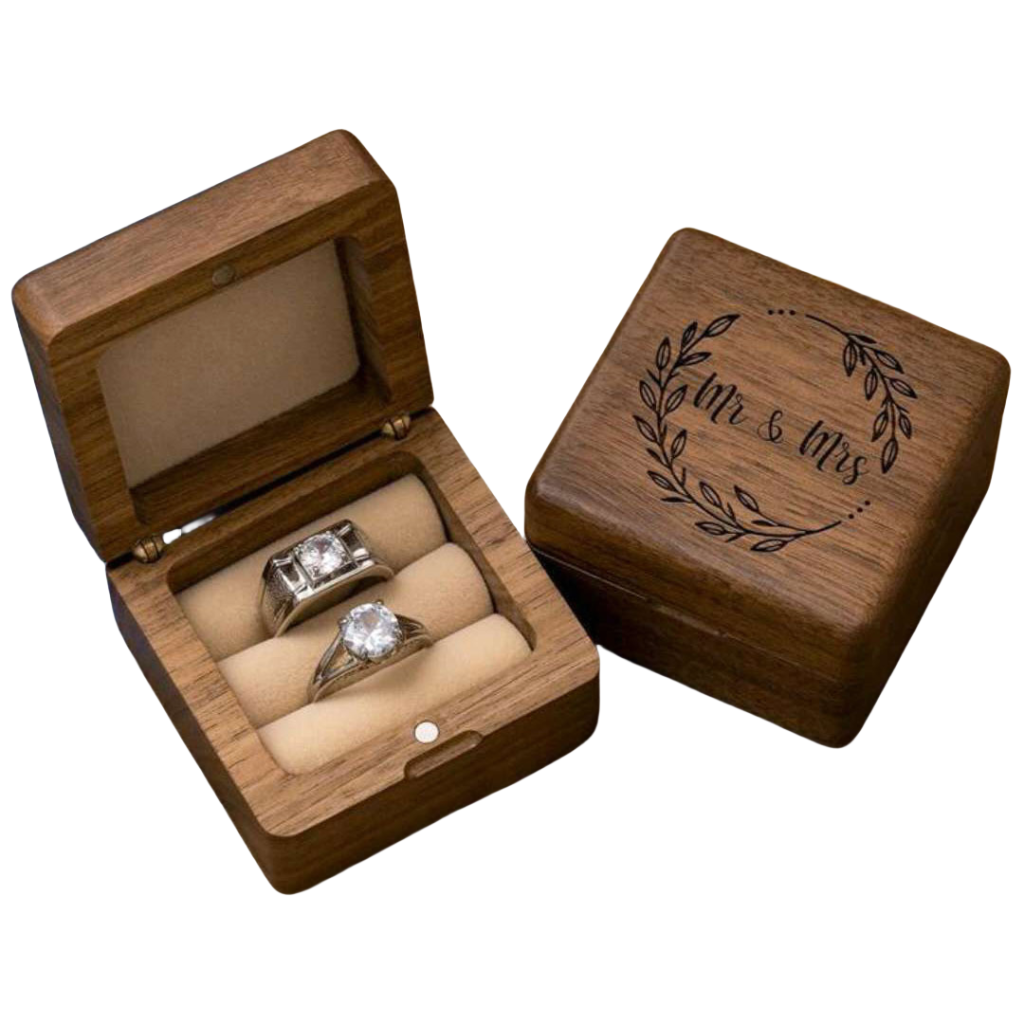
Comparing Etching and Engraving
Key Differences in Process and Results
Engraving and etching both make jewelry boxes look great. They do it differently, though.
Engraving is done by cutting into the material to get deep designs. Engraving uses pointed objects such as cutters or lasers to subtract thick lines. The designs are so firm and durable. You will see engraved initials or design patterns on metal or wooden jars. They are firm and durable, as though they will never disappear.
Etching is less intrusive and only removes the surface of the material. Etching uses chemicals, lasers, or sandblasting to produce soft designs. Etching would be suitable for details like flowers or shading. Etching is suitable for metal or glass for a high-tech, sophisticated look.
It’s a matter of style. Old-fashioned and melodramatic? Engrave. Sophisticated and high-tech? Etch.
Durability and Maintenance of Each Technique
Jewelry boxes must last for years, and so must memories.
Engraving is very long-lasting since it cuts fairly deeply into the surface. Designs remain as crisp as the day they were engraved for decades, despite ongoing use. Wood or metal, engraved boxes are strong and reliable.
Etching is delicate since it’s a surface process. Etched designs will be erased by time, particularly on glass. Yet properly cared for, etched boxes remain lovely for decades.
Tip: Wipe engraved boxes with a soft cloth gently. On etched boxes, avoid using harsh cleaners to maintain the design.
If you need a box for everyday use, engraving is a better option. If you want intricate patterns, etching is worth the extra care.
Aesthetic Appeal: Which Technique Stands Out?
Both processes make jewelry boxes look great, but in a different manner.
Engraving is statement-making, bold designs. Deep etching creates shade and light, so it has a 3D look to it. Monograms or borders look sophisticated and elegant with engraving. It’s perfect for anyone who loves dramatic detail.
Etching is more subtle and dainty. Its lace-like patterns and misty lines are sophisticated and understated. Imagine a flower-etched glass box that glimmers in the light. It’s subtle yet beautiful, like restrained art.
Pro Tip: Think of the person. Engraving does the trick for bold individuals, but etching does the trick for those who love understated beauty.
Ultimately, it’s your call. Bold or understated is your choice. Both techniques lend sophistication to jewelry boxes, but on different levels.
Key differences between the two processes are listed below:
| Aspect | Engraving | Etching |
| Working Principle | Material is physically removed by cutting | Material is chemically or electrochemically eroded |
| Depth | Deeper (up to several mm) | Shallower (surface level) |
| Suitable Materials | Wood, metal, leather, plastic | Metal, glass, some plastics |
| Processing Methods | Hand engraving, CNC, laser engraving | Chemical etching, electrolytic etching, laser etching |
| Common Tools/Techniques | Burin, CNC bit, high-power laser | Acid, electric current, low-power laser |
| Best for Pattern Types | Sharp lines, monograms, lettering | Fine detail, complex textures |
| Durability | Very high, wear-resistant | Medium (surface only, may wear) |
| Contact/Non-Contact | Usually contact-based (except laser) | Non-contact |
| Detail Resolution | High (especially laser and CNC) | Very high (suitable for micro-detail) |
Benefits of Engraving and Etching in Jewelry Boxes

Personalization and Sentimental Value
Have you ever gotten a gift that you felt was so personal? That is what engraving and etching do. They enable you to sign jewelry boxes in such a manner that they are not merely functional but more like memorabilia holders. You can have your name, date, or love message engraved. It’s as if you leave a bit of your history inside the box.
Consider sending that special someone a jewelry box. With personalization of their initials or message, it’s not just a box. It’s a keepsake memory. For a birthday, anniversary, or graduation, personalized boxes say thought and caring.
Tip: A personal message turns a jewelry box into a lasting treasure. It’s a gift they’ll always remember.
Enhancing Aesthetic Appeal
Jewelry boxes are not only for privacy but to enhance your surroundings as well. Engraving and etching turn ordinary boxes into exquisite works of art. Delicate etched designs or heavily engraved pieces create sophistication and elegance.
Consequently, a good example is an etching of a flower border on a wooden box that achieves a period look. Contemporary, sleek looks are achieved with frosted etched glass designs. These subtleties add value to your jewelry box, whether on your dresser or as a gift, and make it more appealing.
Fun Fact: Many old jewelry boxes with detailed engravings are now collectible art pieces!
Longevity and Practicality
Etching and engraving not only make boxes beautiful, boxes that are etched and engraved also last longer. Pattern engravings are deep and dramatic, easily read for years of heavy use.
Etched patterns are lighter yet long-lasting when taken care of. They’re ideal for creating innovative and complex designs. Additionally, these techniques protect the box. For example, etched glass conceals fingerprints, and engraved metal resists scratches better than polished surfaces.
Pro Tip: Use a soft cloth to clean your jewelry box. Avoid strong cleaners, especially for etched designs.
Whether you require a functional storage box or a piece of art, engraving and etching provide class and longevity. They turn your jewelry box into an heirloom that will be passed down through generations.
Choosing the Right Technique for Your Jewelry Box
Things to Think About: Material, Budget, and Purpose
Whether you will use etching or engraving, that is your decision. Think about the material of the box, your budget constraint, and the purpose you need to fulfill with the design. These are the things that lead you to the most suitable substitute.
Material Suitability and Selection Tips
What’s in your jewelry box dictates how the design will turn out. Some surfaces are more suitable for engraving, while others are ideal for etching.
Engraving and etching have different benefits depending on the material in your jewelry box design.
- Engraving works best on substrates like wood, metal, leather, and acrylic. Hand, machine-engraving on a CNC machine, or laser-engraving , engraving carves away material to create a more three-dimensional, deeper look. It’s a good choice for engravings like names, monograms, or logos—especially on solid wood wooden lids or metal nameplates. For high-quality wooden jewelry boxes, laser or CNC engraving adds texture and precision to the surface area without moving the grain of the wood.
- Etching, though, is applied most frequently to metals, glass, and plastics or acrylics. It alters the surface chemically or optically to produce shallow detailed design. Etching would be most suitably applied for detailed designs, frosted detail, or textured background details and would therefore be applied more successfully for decorative detail on a glass panel or detailed ornamentation on a metal surface.
If working with media appropriate to both processes (like metal or acrylic, for example), the choice depends on function and aesthetic intent:
- Engave when durability and heavy three-dimensional look are desired.
- Etch when surface definition, visual complexity, or mass-production is emphasized.
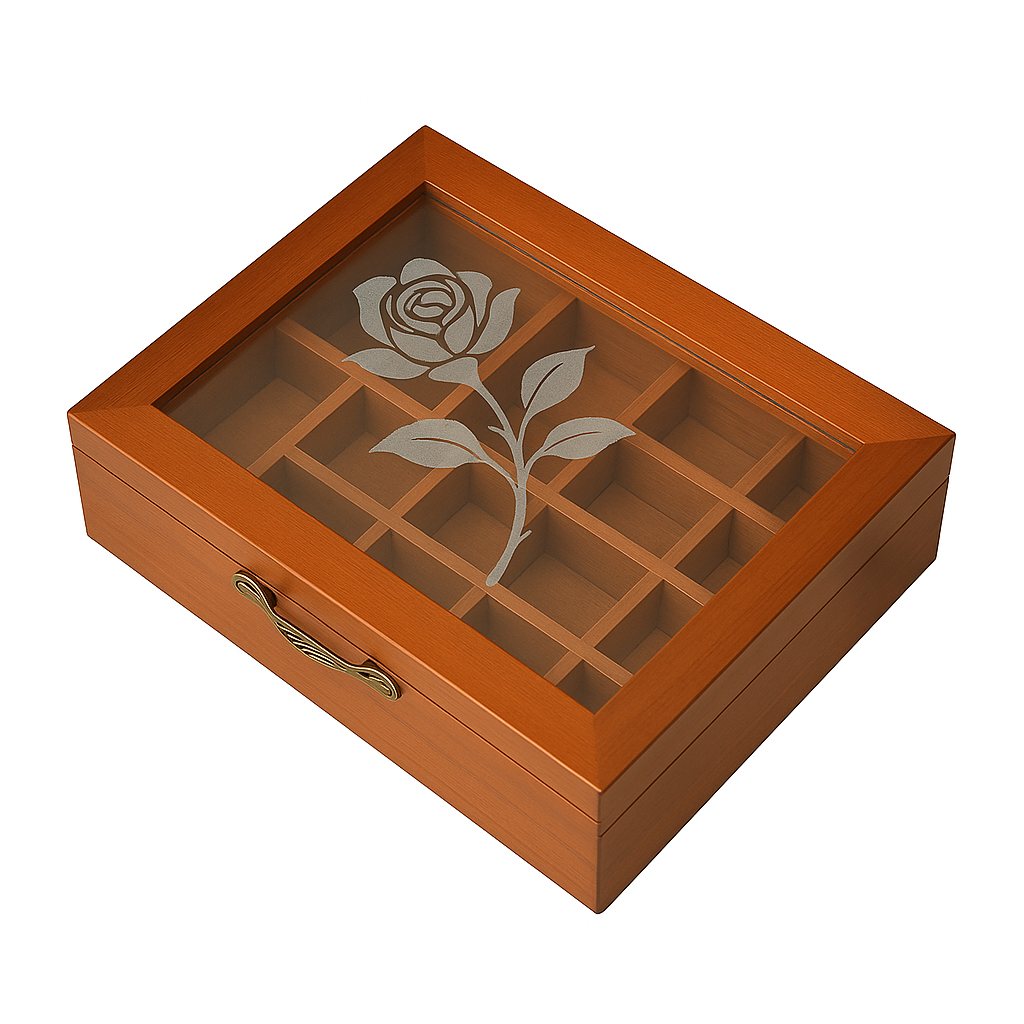
Cost Considerations Between Engraving and Etching
Productionally, engraving is more than etching, particularly where there’s deeper or by-hand engraving. CNC engraving or laser engraving in more dense media involves equipment expense, specialist knowledge, and a greater cost per unit of time in machining. It is most suited where high-end usage demands permanence, depth, and solidity, i.e., the stamping of commodities or heirloom-quality cases.
Etching is less expensive, particularly for batch production or fine surface work. Both laser and chemical etching are faster, more precise, and less prone to mechanical wear, and therefore ideally suited to batch processing small shallow designs. Where the decorative role is as much visual as structural, etching can save enormously without loss of costs without sacrificing visual impact.
In summary:
- Choose engraving when you need a long-lasting, high-impact finish.
- Opt for etching when you require fast, intricate, and scalable decoration.
Think About Your Purpose
Here’s a quick guide to help you pick:
| Use Case | Recommended Technique | Reason |
| High-end solid wood jewelry box lid | Laser Engraving | High precision and delicate texture without damaging wood grain |
| Personalized engraving on metal lid (e.g. names) | CNC Engraving or Laser Engraving | Engraving offers depth and durability |
| Decorative pattern on glass panel | Chemical Etching or Laser Etching | Etching suits glass surfaces and delivers fine detail |
| Mass production with consistent patterns | Laser Engraving or Laser Etching | Laser techniques allow automation and high efficiency |
| Corporate logo with high wear resistance | Deep Engraving (Mechanical or Laser) | Deep engraving resists scratches and lasts longer |
| Background texture with fine detail | Chemical Etching or Fine Laser Etching | Etching achieves rich detail and background texture |
| Cost-effective decorative effect for budget market | Laser Etching | Laser etching is efficient, low-cost, and visually appealing |
Popular Design Ideas and Inspirations
Need ideas for your jewelry box? Here are some classic and trendy designs to try:
- Guilloché: This fancy engraving style makes patterns like waves or sun rays. It’s been loved since the 1700s and looks amazing with enamel.
- Intaglio: This technique carves below the surface, making a recessed design. It’s often used for seals but works beautifully on hardstone boxes.
- Floral Borders: Flowers etched or engraved around the edges add a sweet, romantic touch. Perfect for wedding or anniversary gifts.
- Monograms: Engraved initials or family crests make the box personal and timeless.
- Nature Themes: Leaves, vines, or animals bring a fun, natural vibe to wooden or glass boxes.
Tip: If it’s a gift, think about the person’s style. A bold monogram fits someone who loves classic designs. Floral etching is great for someone who likes soft, delicate looks.
Whether you choose bold engraving or gentle etching, these designs can make any jewelry box a special keepsake.
Caring for Your Etched or Engraved Jewelry Box
How you maintain your etched or engraved jewelry box makes it stunning and useable throughout a lifetime. In the event you received a heirloom piece of family tradition that has passed down through the years or maybe you just wanted a specialty box with special wording, maintenance matters. So let us inform you of how to get your box as great-looking as it possibly can be.
Cleaning and Maintenance Tips
Keeping your jewelry box clean doesn’t have to be complicated. Here’s how you can do it:
- Dust regularly:Dust can be wiped clean with a dry, soft cloth. Microfiber cloths are best because they won’t scratch the surface.
- Spot clean carefully: Clean smudges on wood cases with a damp cloth. Don’t wet the wood too much, or it will ruin it. Soap and water could for metal cases.
- Polish metal parts: If the box has metal trim, polish it using a non-abrasive metal polish to keep it in shining order. Test the polish first on an extremely small area to prevent damage to the engraving.
- Handle glass with care: For etched glass, spray the glass cleaner on a cloth, not on the box. This prevents streaks and keeps the design open.
Tip: Always dry your jewelry box completely after cleaning. Moisture can damage wood and tarnish metal.
Preserving the Design Over Time
Your jewelry box’s look must be handled with care. This is how you can do it:
- Avoid direct sunlight: The sun causes etched or engraved designs to lose their definition, particularly on wood or painted finishes. Store your box in a dark place.
- Store in a safe place: Set your box on a stable surface away from heavy objects that may scratch or dent it. Handle it with care.
- Use protective liners: If indeed your box does have an interior lining, make sure that it is clean and not broken. This will prevent jewelry from scratching the interior of the box.
Pro Tip: For wooden boxes, consider applying a thin layer of furniture wax once a year. It protects the wood and enhances its natural beauty.
Common Mistakes to Avoid
Occasionally, tiny mistakes will end up causing ginormous problems. Here’s what not to do:
- Skipping regular cleaning: Dust and dirt tend to accumulate in the jewelry box over time, making the design fuzzy. Clean it weekly using a cloth to keep it current.
- Using harsh chemicals: Strong chemicals scratch fine etching or engraving. Only use mild solutions.
- Over-polishing: Over-polishing results in wastage of metal engravings. Use polish wisely so that you don’t ruin the sharpness of the motif.
- Ignoring damage: Minor cracks or loose parts will further deteriorate if left untouched. Replace them at the earliest indication.
Reminder: Treat your jewelry box like the treasure it is. Gentle care keeps it looking stunning for years to come.
By doing it, you can maintain the charm and the beauty of your etched or engraved jewelry box. It’s not maintenance, by itself—it’s appreciating something special.
Etching creates elegant, delicate patterns that look artistic. Engraving creates robust, heavy effects that last decades. Pick it based on material, cost, and what type you desire.
Tip: Think about why the box is special to you or the person getting it. Adding a personal touch makes it more meaningful.
Find out how personalized jewelry boxes can be so special. With sweet prints and sweet messages, they are perfect to reminisce about the special occasion. Give the special person their gift to hold onto.
Frequently Asked Questions (FAQs)
Q: What’s the difference between engraving and etching?
A: Engraving makes deep cuts for bold, long-lasting designs. Etching removes the top layer for soft, detailed patterns. Engraving is more durable, while etching is great for intricate details.
Q: Can I engrave or etch any jewelry box material?
A: Not all materials suit both methods. Wood and metal are best for engraving. Glass and coated surfaces work well for etching. Pick the right method for the material you have.
Q: How do I clean an engraved jewelry box?
A: Use a soft cloth to gently clean it. For metal, apply a little polish carefully. Avoid strong cleaners that could harm the design. Regular cleaning keeps it looking great.
Q: Is laser engraving better than hand engraving?
A: Laser engraving is quick and precise, ideal for modern styles. Hand engraving is slower but gives a unique, handmade look. Choose hand engraving for a special, one-of-a-kind piece.
Q: Can I personalize a jewelry box with etching?
A: Yes! Etching lets you add names, dates, or patterns. It’s perfect for creating a meaningful gift. Use materials like glass or metal for the best results.
Q: How long does an engraved design last?
A: Engraved designs last a very long time, even decades. They resist wear and tear, making them great for daily use or heirlooms. Proper care keeps them sharp and beautiful.
Q: What’s the best technique for delicate designs?
A: Etching is best for fine, detailed patterns. It creates soft, elegant designs. For bold and striking looks, engraving is the better choice.
Q: Are etched jewelry boxes harder to maintain?
A: Etched boxes need gentle care. Avoid rough cleaners and keep them out of sunlight. With proper care, they can stay beautiful for many years.

